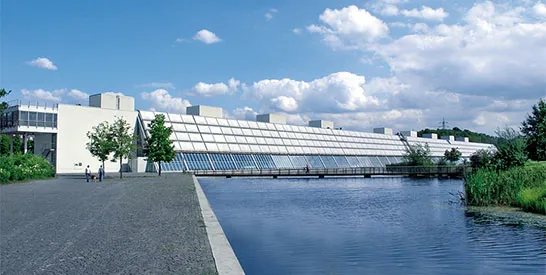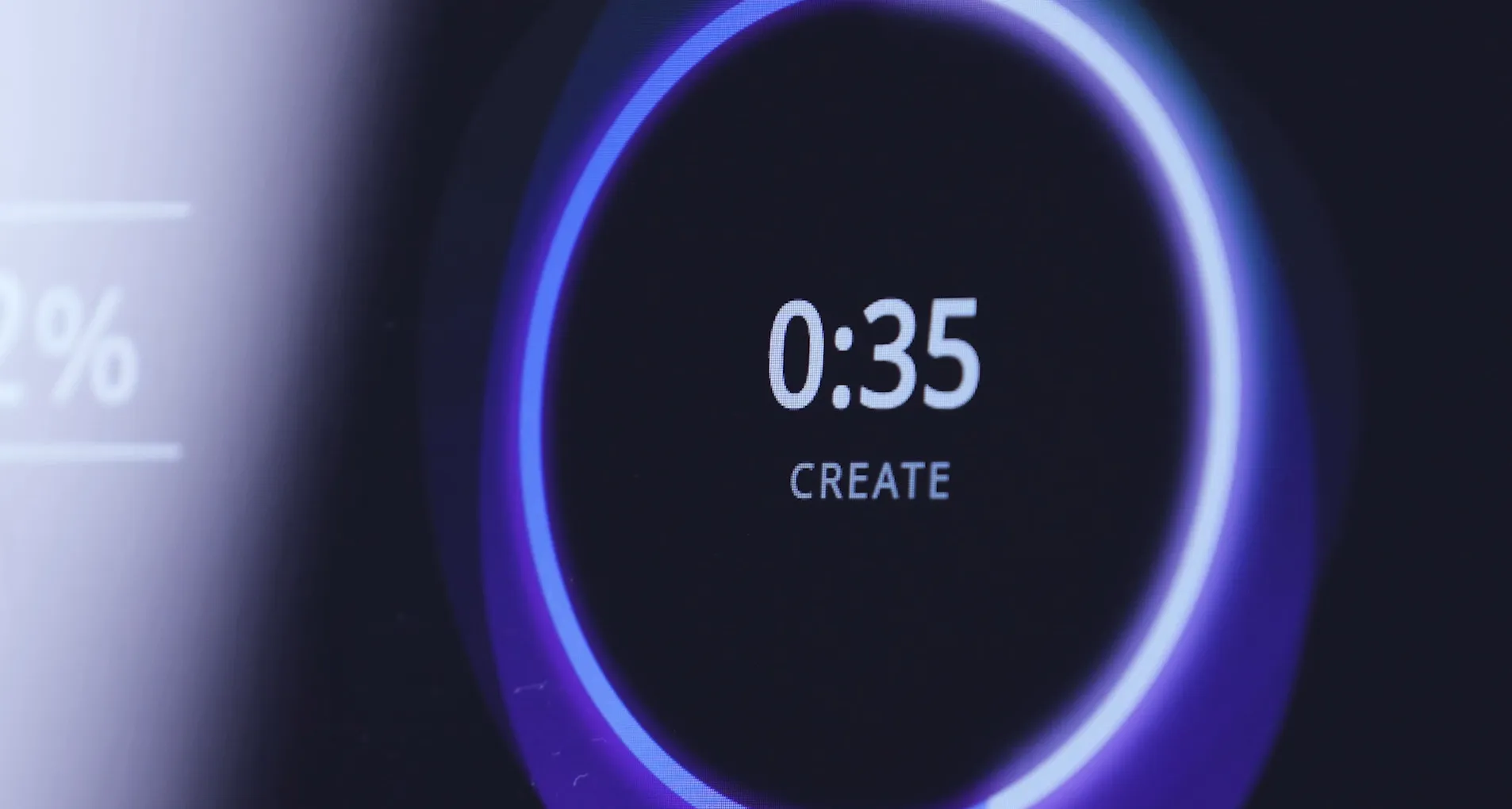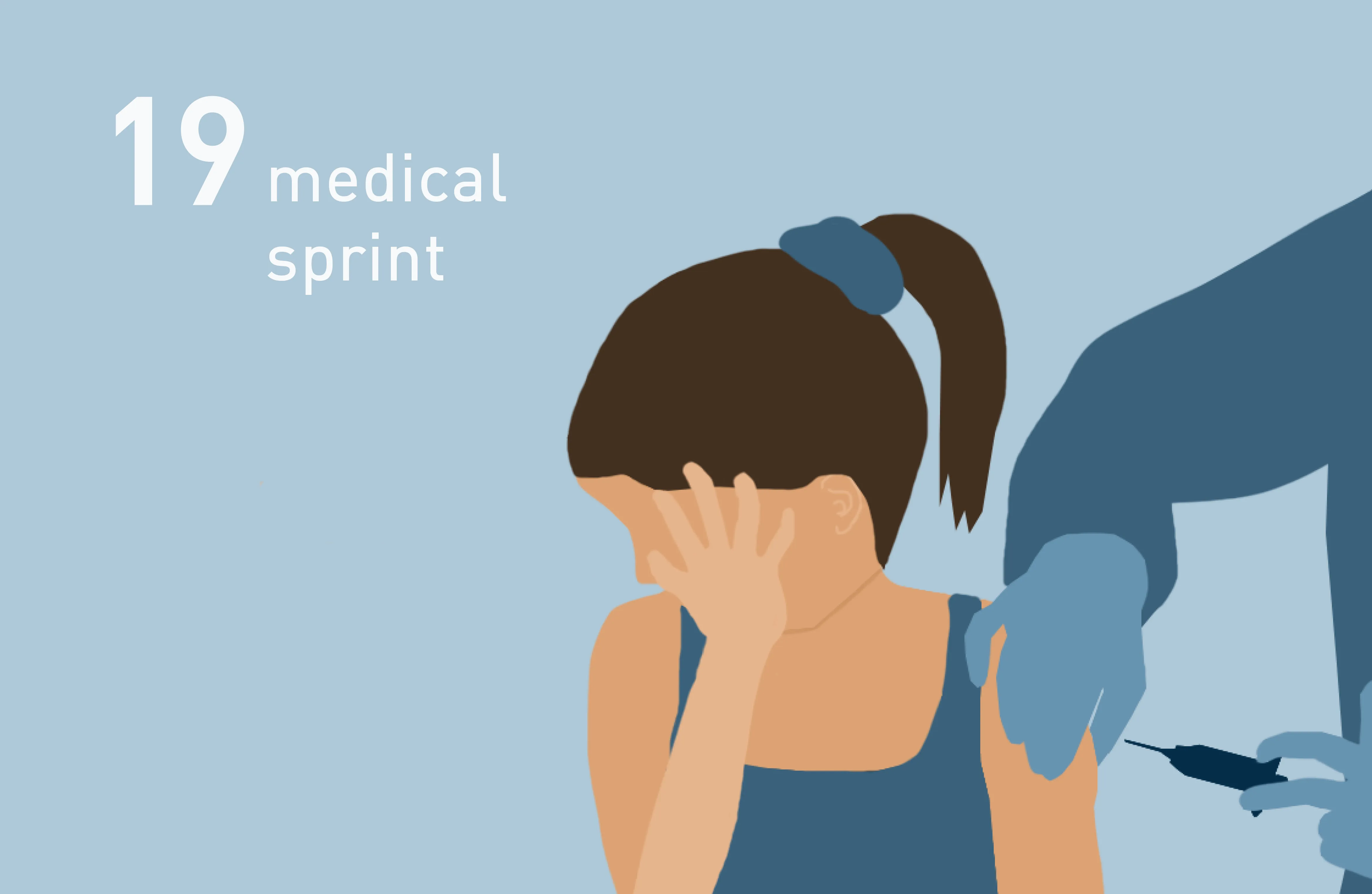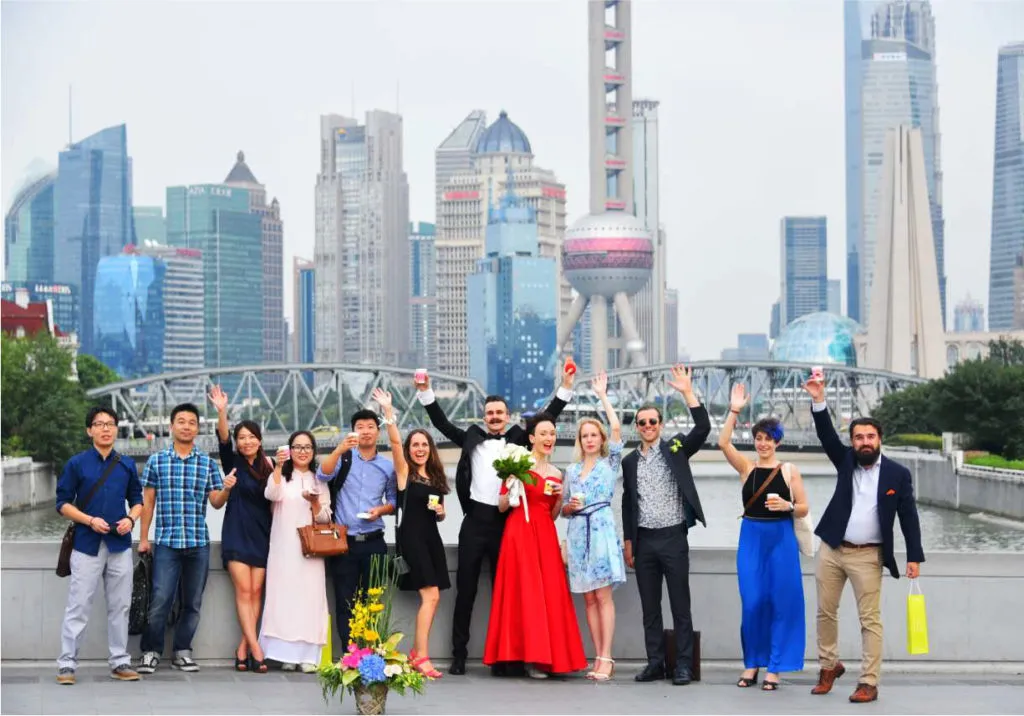Expertise
Design patents in medical design: effective protection for innovative solutions
Your team has done it: a ground-breaking medical device that impresses in terms of function and form is ready for the market. After years of hard work, you have created and approved a product that not only improves patients' quality of life, but also makes everyday work in the healthcare sector easier. A milestone you can be proud of. But how do you protect this innovation from imitators?
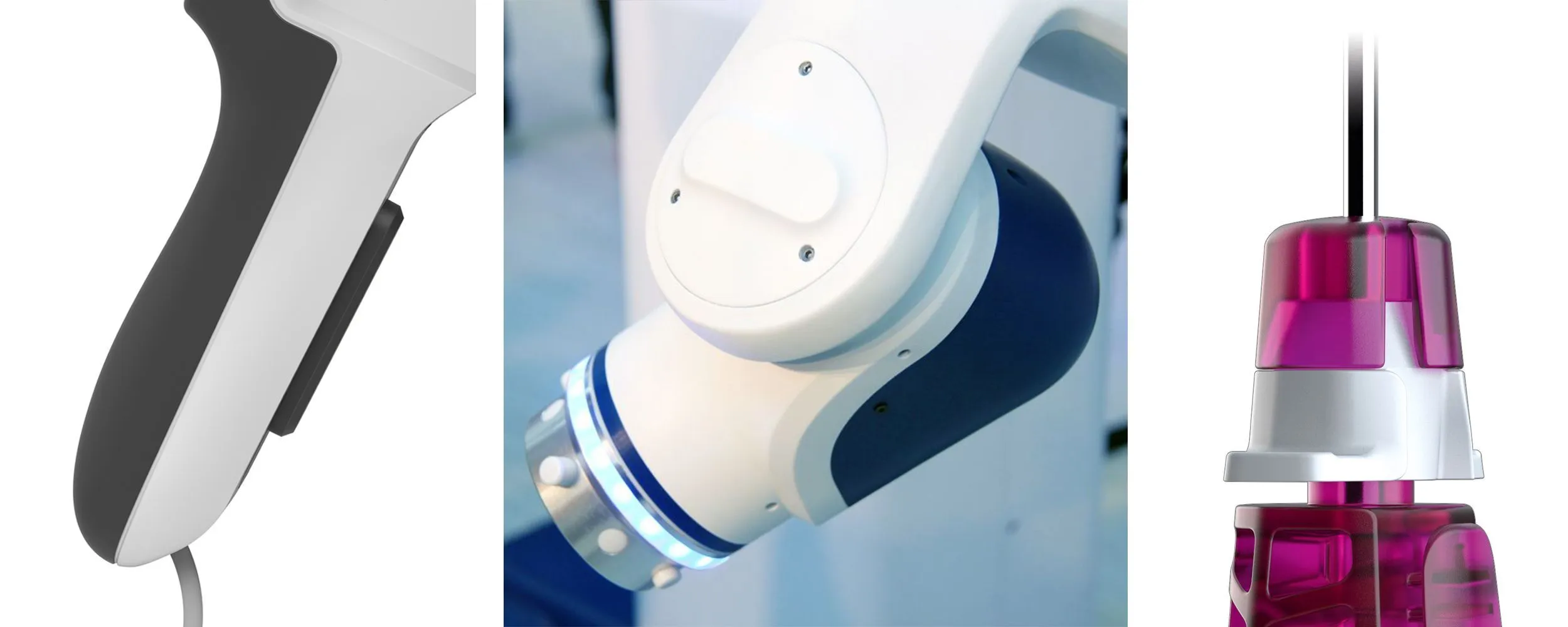
The answer is: through design patents. They provide you with the legal framework to protect the external appearance of your product and prevent competitors from copying your design. In medical design in particular, where function and form are often inextricably linked, the focus is usually one-sidedly on obtaining technical property rights - although design protection is much easier and less expensive to obtain and is therefore virtually indispensable, especially in combination with technical property rights such as patents.
What is a design patent?
A design patent (or in German law: registered design, or at EU level: Community design) is an industrial property right and protects the external appearance of a product - its shape, the graphic layout, the arrangement of the elements and all aesthetic features. Unlike technical patents, which focus on the function of a product, a design patent exclusively protects the visual design. A good example from medical technology is the design of modern ventilators such as the Elisa von Löwenstein: the user interface, the housing design and the intuitive operability are decisive for the market success and make the devices unique. These visual aspects can be protected with a design patent.
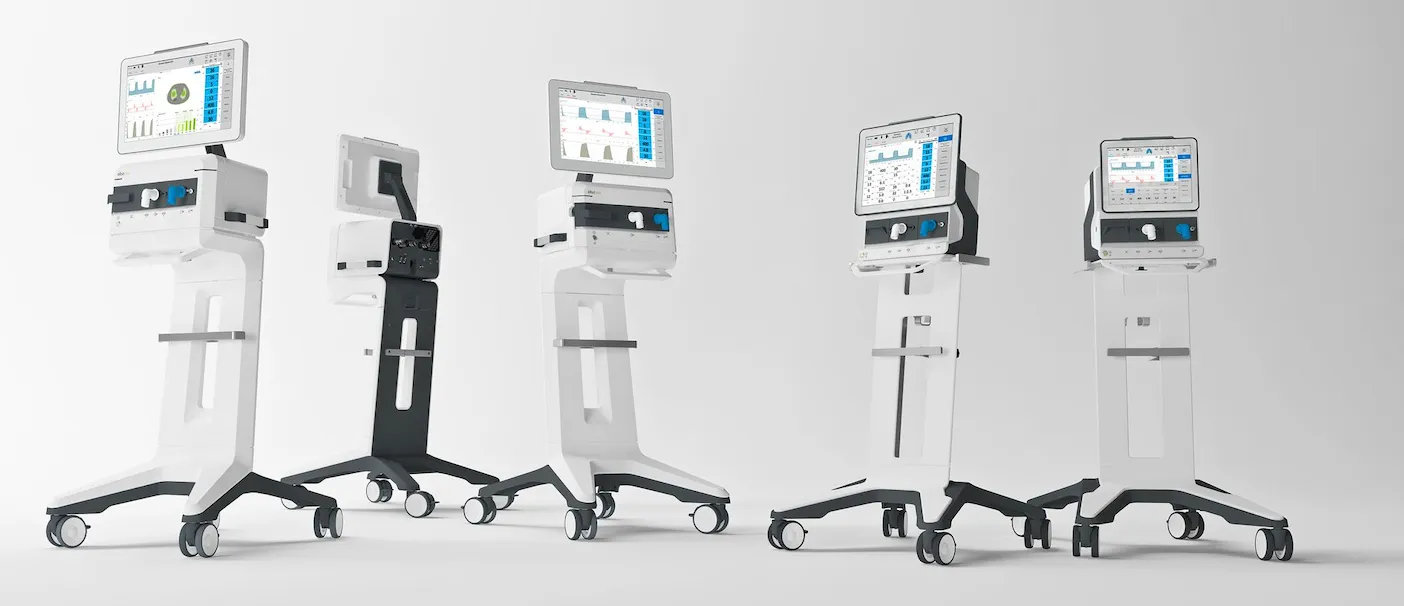
Differences between design patents and technical patents
While design patents protect the visual appearance of a product, utility models and technical patents focus on the functionality. For example, a technical patent protects the mechanics of a surgical instrument, while the design patent covers the external appearance. However, this is also an important limitation of the design patent: the protectable features must not be completely determined by the functionality, but must contain a creative character beyond the functionality. Both types of protection are often decisive for the long-term success of a medical device, as together they protect the entire innovation. This is why the property rights are often combined with each other.
Importance of design patents in the healthcare sector
The healthcare sector is no longer just about functionality - aesthetics, user-friendliness and intuitive operation now play a key role in market success. Design patents offer protection for these essential properties. In an industry that thrives on constant innovation, they not only safeguard the external appearance of a product, but also contribute to branding. Products such as diagnostic devices or homecare products that are both visually and ergonomically well thought out can clearly stand out from the competition. In such cases, the design patent offers protection against imitation and strengthens the manufacturer's market position. World market leaders protect their designs, and for good reason.
Protection of user interfaces and software in the medical sector
In the age of digitalization, the design of user interfaces is playing an increasingly important role in the medical technology sector. Many medical devices have software whose layout and user-friendliness can be protected by design patents. This is particularly relevant for devices in intensive care medicine, ventilators or ECG monitors, for example, whose intuitive and safe operation is crucial for users in stressful situations.
Global protection for your innovation: design patents as the key to securing the global market
In the highly competitive international medical technology market, a design patent is a crucial piece of the puzzle for protection against imitation. With just one central application through WIPO (World Intellectual Property Organization), you can protect your design in up to 70 member states simultaneously. Thanks to the Hague Agreement, this simple, worldwide application offers an efficient way of comprehensively securing your design rights and successfully marketing innovations globally. All existing design patents can also be searched on the WIPO website. There are now even AI-supported databases for searching for existing designs.
Promoting innovation and increasing the value of the company
Design patents promote innovation by offering companies planning security through legal protection. Without this protection, there would be little motivation to invest in aesthetically pleasing and user-friendly designs, as imitators could profit without incurring their own development costs. Design patents give companies the security to invest in long-term development processes - particularly important in medical technology, where innovative designs are developed and approved over many years.
In addition, design patents increase company value as they are considered intellectual property and can be used strategically, for example in license agreements or in company valuations. Especially for start-ups in the medical technology sector, patents are valuable assets that attract investors and contribute to high valuations. Wilddesign has supported numerous projects in which designs and patents have contributed significantly to market differentiation and success.
Strategies for a successful design patent in the medical technology sector
Aesthetics vs. functionality
In medical technology design, aesthetics and functionality often go hand in hand. Although a design patent primarily protects the external, visible features of a product, these are often closely linked to its function. Example: The ergonomic shape of a surgical instrument can be developed for both aesthetic and functional reasons. A good design ensures that the instrument fits better in the hand and can be used more efficiently, while at the same time being visually appealing. A design patent protects this visual aspect, while a technical patent protects the underlying technology.

Which elements can be protected?
Almost any visible feature of a product that is new and not purely functional can be protected by a design patent. This ranges from the external shape to surface designs or the specific arrangement of operating elements. In the case of medical devices, for example, this could be the design of a display, the structure of a diagnostic device or the shape of an implant. Wilddesign regularly supports its customers in developing innovative, user-friendly designs that are not only functional but also aesthetically pleasing, thus providing the basis for comprehensive protection. But beware: only the features recognizable in the submitted illustrations are subject to protection. In the event of a dispute, it is not the product with design protection that is assessed, but only the submitted illustrations. It is therefore important to create and submit the correct illustrations in the appropriate form.
What are the limits of protection by a design patent?
So a design patent alone does not offer comprehensive protection against all forms of imitation? If the registered design features are infringed, the owner must take appropriate legal action, just as with technical patents. Even if registration with the WIPO can be achieved via a single application, the owner of the design protection must ultimately enforce his rights in the respective country of infringement in accordance with national legislation. In addition, the protection of a design patent ends after a certain period of time - usually after 15-25 years (with corresponding term extensions) depending on the country. At the end of the term, the design may then be freely used by anyone. Companies must therefore plan carefully which parts of their innovation should be protected by design patents and which by technical patents in order to ensure comprehensive protection.
What are the requirements for a design patent?
For a design patent to be granted, the design must be new and original . In other words, it must not already be on the market or have been shown in a publication. It must also show a clear deviation from existing designs. The term "existing designs" refers not only to previously registered designs, but also to anything that may have been known to "circles of experts" (i.e. market participants) prior to the application through the publication of illustrations, e.g. on the Internet. In cases of doubt and legal disputes, searches are therefore often carried out for dated images to prove that the design applied for was no longer NEW at the time of application due to a previously published image. Especially in the medical technology sector, where many products have a similar basic function, searching for existing designs is often a challenge. Close cooperation between designers and patent attorneys can make all the difference here.
What is the path from idea to design patent?
The patenting process begins with the creation of special illustrations (sketches, outlines, renderings, photos) and an explanatory description of the design. These documents are submitted together with an application to the national patent office or internationally to WIPO. After a thorough examination, during which it is determined exclusively whether the design meets the formal requirements, the design patent is officially registered. This process can take several months, in some cases even years. To avoid mistakes and speed up the process, it is advisable to consult an experienced patent attorney.
Cooperation with patent attorneys and designers
Successful design patenting in the medical device sector requires close collaboration between designers and patent attorneys. Designers contribute their creative vision and technical understanding, while the attorneys ensure that the design meets the legal requirements. At Wilddesign, this interdisciplinary collaboration is critical to developing designs that are both visually compelling and legally protectable.
Research and development process for patentable designs
The process of developing patentable designs begins with extensive research and investigation - both in terms of technical and ergonomic requirements as well as existing patents. The aim is to create a design that clearly stands out from other products and at the same time meets the high demands of medical technology.
Securing property rights in various markets
As the medical technology industry operates globally, it is often important to secure design patents in multiple markets. This requires a complex strategy, as patent laws can vary from country to country. International agreements such as the Hague Agreement make it easier for companies to protect their designs in several countries at the same time - with a single application.
Last but not least, what does a design patent cost?
The costs for a design patent are made up of application fees, consultancy fees and costs for illustrations and vary depending on the country and specific requirements. In Germany, application fees start at €70 per design. A multiple application makes it possible to combine up to 100 designs in a single application, which significantly reduces costs.
The assistance of a patent attorney can optimize the filing process, especially for international applications through WIPO, where only one application in one language is required. Our design work often already contains sufficient illustrations for patent filing; if necessary, we create additional illustrations to meet all legal requirements.
Renewal costs (usually after five years) and potential costs for legal disputes should be planned for in advance. However, a solid patent application helps to avoid or successfully enforce disputes. With a well thought-out strategy and the use of multiple applications or centralized procedures such as the WIPO application, you can manage costs efficiently.
04 Tips from the expert
- Use the multiple application for design patents
Apply for several designs at the same time to save costs and time. A multiple application allows you to protect up to 100 designs in a single application, as long as they belong to the same product category. Ideally, you should also submit the same design presented in different ways several times with the application. - Combine design and technical patents
Use both types of protection to comprehensively safeguard your innovation. While technical patents protect the functionality, design patents cover the visual aspects. Together, they offer strong protection against competitors. - Use international applications via WIPO
Protect your design worldwide by filing a central application with WIPO. With just one application, you can protect your design in up to 70 countries, making the process more efficient and cost-effective. - Work closely with designers and patent attorneys
Successful patenting requires collaboration between designers and patent attorneys. Designers create detailed and meaningful illustrations, while patent attorneys ensure that all legal requirements are met. This maximizes the protection and value of your innovation.
Disclaimer: The above statements on our website constitute a presentation and discussion of legal issues in the media directed at the general public in exercise of § 2 (3) No. 5 RDG : https://www.gesetze-im-internet.de/rdg/
Frequently asked questions
How do I find the right balance between function, form and cost in design development?
Through holistic planning in which material selection, manufacturing technologies and production quantities are taken into account at an early stage. Iterative design processes and close collaboration between designers, engineers and product managers help to develop a functional and appealing product that is also cost-effective.
How do I ensure that the design meets all regulatory requirements?
By integrating current regulations such as MDR, FDA and NMPA into the design development process from the outset and taking safety and hygiene aspects, risk management and validation into account. Working with experts helps to ensure compliance and facilitate the approval process.



